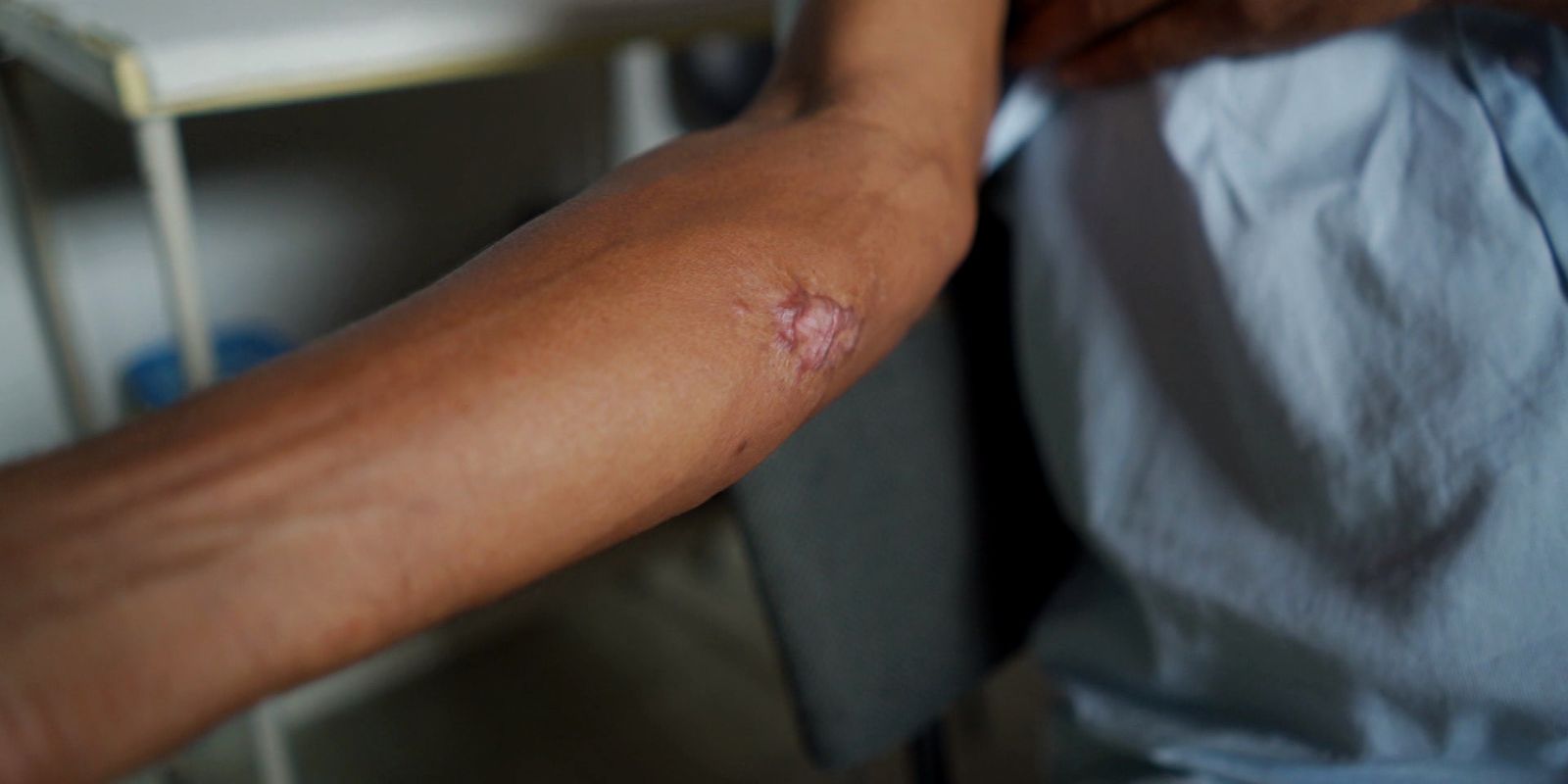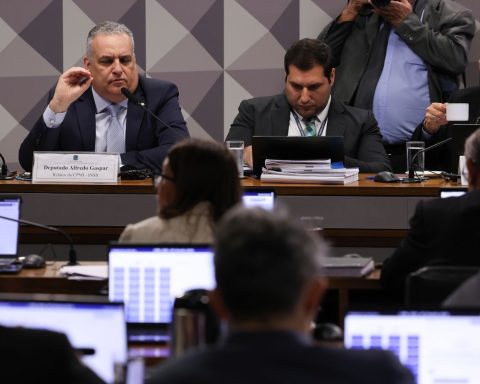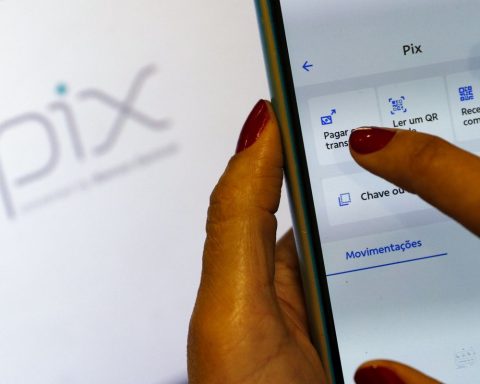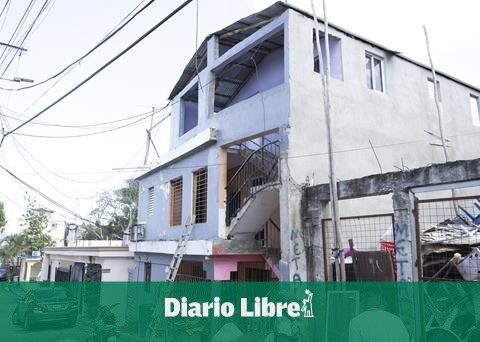The program Reporting Paths will rerun this Sunday (31) the episode Leishmaniasis, portrait of abandonment, special category winner – Neglected Tropical Diseases – from the 3rd NHR Journalism Award. The program will air at 8 pm, at TV Brazil. Click here and find out how to tunea.
Leishmaniasis is a disease that, every year, affects more than 600,000 people worldwide. In Brazil, in 2018, almost 20,000 people were diagnosed with this disease. the team of Reporting Paths traveled to the states of Bahia and Maranhão to hear the stories of those living with the disease.
Caused by more than 20 species of Leishmania, a protozoan, the disease is transmitted by the bite of different species of insect vectors. The main one, in Brazil, is the straw mosquito. There are two types of leishmaniasis: tegumentary or cutaneous, which manifests itself in the skin, and visceral, better known as kala azar, which affects internal organs. The disease is not contagious.
Dermatologist at the Federal University of Bahia (UFBA) Paulo Roberto Lima Machado says that, despite being unknown to many people and with little investment in new medications, the disease is not neglected. “The patient is neglected. Unfortunately, these individuals, the majority who have these Chagas diseases, leprosy, leishmaniasis, are individuals who have low socioeconomic conditions and, therefore, little power to exert pressure”, he reinforces.
The rural area of Corte de Pedra, in the interior of Bahia, is considered an endemic region when it comes to cutaneous leishmaniasis. Jonas de Jesus and his wife, Tatiele de Jesus Oliveira, lived closely with the disease. In Jonah, the first signs manifested more than ten years ago – a sore on his forehead, which he believed to be a pimple. After that, more than two thousand injuries took over his entire body. “I had a high fever, it really hurt. I wasn’t very hungry, I ate very little, I really lost weight”, he says.
The treatment of cutaneous leishmaniasis is done by injections, which, for the UFBA dermatologist, is already a problem. “It is a disease that affects people who live in rural areas, in forested areas, far from urban centers. These people have to commute daily for 20, 30 days to take these injections, which have numerous side effects.” Jonas, for example, says that he has already interrupted treatment a few times, due to lack of economic conditions to go to the hospital.
In the same region, Vadalberto Oliveira lives with leishmaniasis still active and undergoes treatment to heal the marks of the disease on his nose. When he received the diagnosis, he also discovered that he was HIV positive. Low immunity worsened his health condition.
Unlike cutaneous leishmaniasis, in visceral leishmaniasis the symptoms are internal, such as a swollen belly, fever and weight loss. The transmission cycle of this type of disease is also different. While in the integumentary or cutaneous type the mosquito bites the person, in the visceral one, the mosquito bites an infected host, usually a dog, and then bites the human. The infectious disease physician Conceição de Maria Pedrozo, from the Federal University of Maranhão, claims that the entire state has leishmaniasis and has a history of starting in areas of deforestation. “And added to that was the emergence of HIV. So HIV descended to the least supported places, internalized and met with visceral leishmaniasis. Today we have two diseases together, forming a real scenario of comorbidities that are very important in our disease scenario”, he adds.
A resident of the outskirts of São Luís, housewife Vanessa Veloso began to feel headaches and nausea. “Everything I ate was bad, I vomited. I was sick, I had a fever every night, I felt a fever at dawn. My abdomen swelled up and several times I vomited blood too”, he recalls. It took her six months to seek medical help. She was hospitalized and now goes to the hospital every fortnight. The treatment of visceral leishmaniasis is also done intravenously and the patient needs to be under medical supervision. Vanessa now recommends anyone who is feeling unwell with symptoms of visceral leishmaniasis to go to the doctor as soon as possible. “I took long. It took me a long time and, if I had taken a little longer, I wouldn’t be here telling this story”.


















